Sea Orache / Spring / Summer / Edible
There are 5 Oraches in Francis Rose’s ‘The Wild Flower Key’. All are edible and delicious, as long as you’re sure they’re Oraches. All live near the coastline or salt estuaries, often growing on sand. Never leave a patch of green on a beach unheeded!
Common Name
Member of the Goosefoot family, which can be a helpful ID aide due to the shape of the leaves. Spear-leaved Orache, Babington’s Orache, Frosted Orache, Common Orache, Early Orache
Botanical Name
Atriplex halimus
Scientific Classification
Kingdom – Plantae
Order –Saxifragales
Family – Saxifragaceae
Physical Characteristics for Sea Orache
Growing to a meter tall, these fleshy annual plants have distinctive arrow (or, if wider, goosefoot shaped) leaves, sometimes with reddish veins.
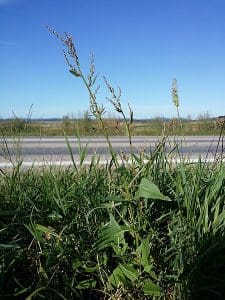
Leaves
The leaves sometimes appear frosted as if with icing sugar. The stalks snap easily when the plant is young and can be ringed with red, depending on the species.
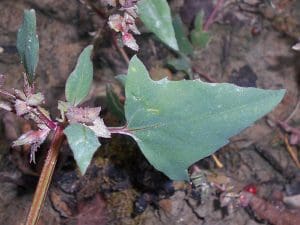
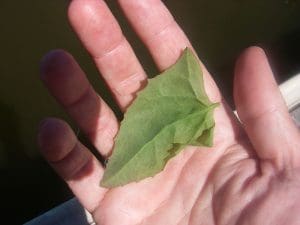
Seeds
The seeds have a distinctive spiky, geometric shape and are usually red.
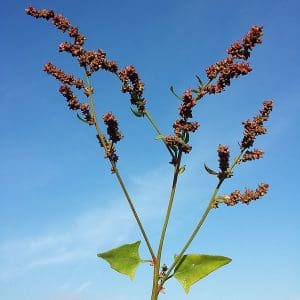
Habitat
Coastal habitats, often found growing on the sand itself.
Mainly in the maritime North and Western areas of the British Isles and up into Norway and Scandinavia. Elsewhere it is considered more common to find it inland.
Known Hazards
None known
Could be Confused with
Fat hen (Chenopodium album), which grows inland and you may be familiar with as a garden weed. Also good eating! Little can be confused with Orache if you’re at the coast.
Edible Uses
Use the leaves like spinach, a cultivated relative, but more sparingly as the plants can grow quite sparsely. When the seeds are young and soft, they can be used as a sprinkle if harvested sparingly to allow the plant to regenerate.
Notes on Herbal Uses
Traditionally added to fortifying soups given during convalescence.
Extra notes from the Foragers
It can be used as an inter-crop plant to protect more tender crops from wind and sun scorch and is very tolerant of dry conditions. Makes a delicious addition to the salad bowl or to vegetable dishes.
There is also an Orache Moth (Trachea atriplicis), which is an amazing example of woodland camouflage.



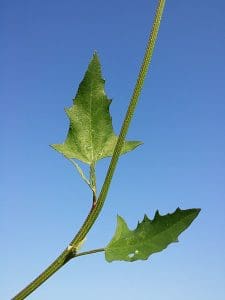



Leave a Reply
You must be logged in to post a comment.